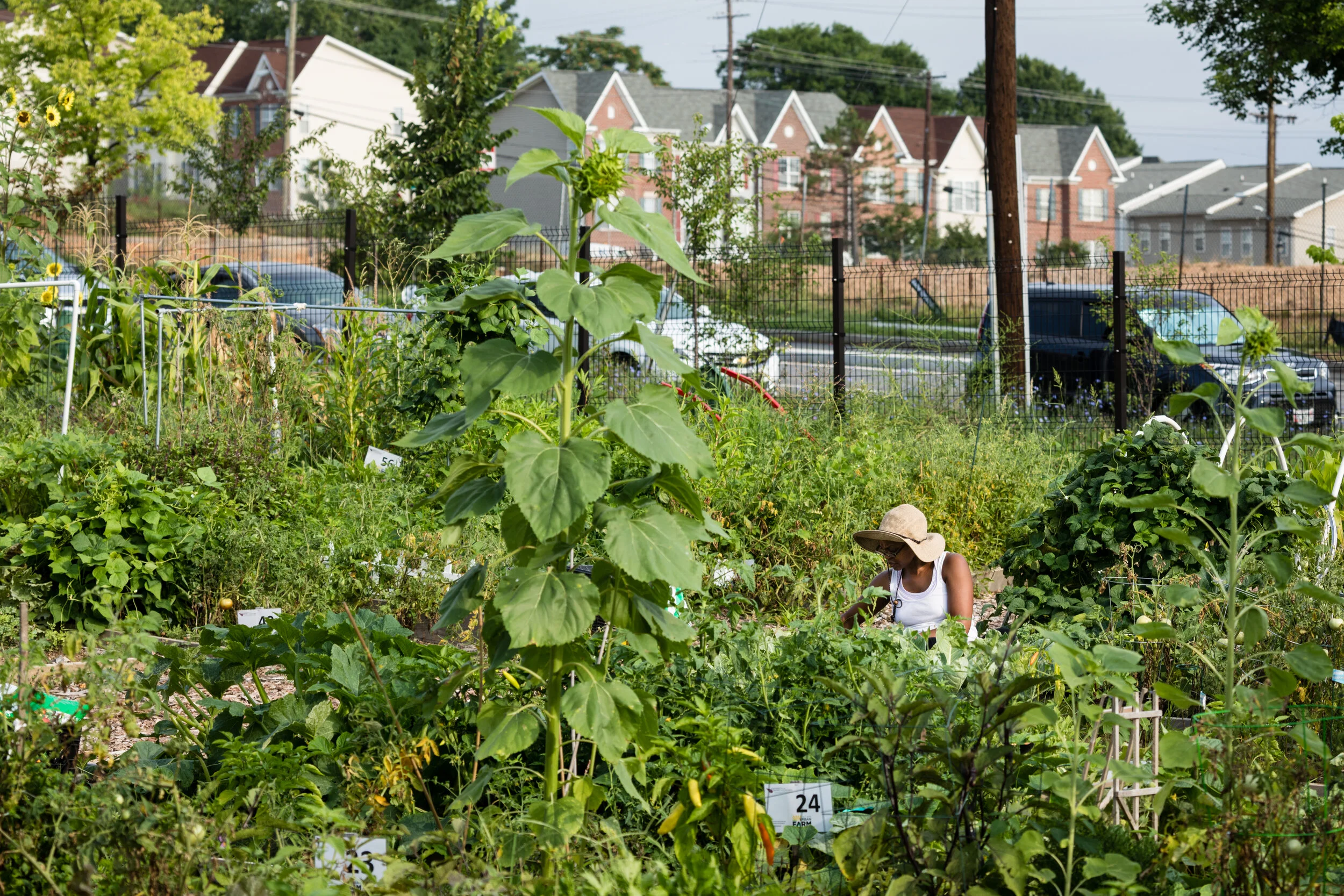Legislation for the Chesapeake: what to watch in 2022
/The passage of the federal infrastructure package last year was good news for improving the Chesapeake region’s climate resilience and water quality. As we watch for those funds to translate into on-the-ground restoration projects – as well as wait to see what, if anything, happens with the climate provisions of the Build Back Better plan stuck in the U.S. Senate – states in the Bay watershed are busy debating environmental legislation of their own.
Here in Maryland, we’re in the thick of the state’s annual legislative session, and a comprehensive climate change bill has garnered a lot of attention. Senator Paul Pinksy’s Climate Solutions Now Act would accelerate the state’s goal to reduce greenhouse gas emissions to 60% by 2030, up from the 40% target set in 2016. It also would set rigorous energy standards for newly constructed buildings, promote environmental justice by allocating state funding for emission reductions in communities disproportionately affected by climate change, attempt to help new school buildings have net-zero emissions, expand the state’s electric vehicle fleet, transition school buses to electric vehicles, and more. The House of Delegates’ climate package divides these initiatives up into separate pieces of legislation.
The Maryland General Assembly is also considering legislation to:
Amend the state’s constitution to include an Environmental Human Rights Amendment, which would declare that every person in Maryland has the fundamental right to a healthy and sustainable environment, and give residents standing to sue if it is violated.
Improve conservation of public lands in the state.
Increase funding for the state park system to expand access to parks, reduce the maintenance backlog and hire more employees.
Reduce the use of PFAs, or “forever chemicals,” that can contaminate waterways and cause health problems.
And here are just a few environmental issues being debated in other states around the watershed:
In Virginia, lawmakers are considering funding measures for cost-share programs to help farmers implement conservation practices, reduce stormwater pollution, conserve and expand tree canopies, and more. Bills have also been introduced to control harmful algal blooms and prioritize the planting of native plants over invasive species, while other bills attempt to roll back certain environmental regulations in the state.
With hundreds of millions of dollars projected in extra revenue, Delaware’s governor John Carney plans to invest in areas such as clean water projects and farmland preservation.
Now the second year of its two-year session, advocates in Pennsylvania are pushing the state to enact the Agricultural Conservation Assistance Program and invest funds from the federal American Rescue Plan in green infrastructure and clean water programs.
All of these issues are incredibly timely. Not only are we running out of time to avoid the most catastrophic effects of climate change, but our region is also inching closer to the 2025 deadline to meet pollution reduction targets agreed to by Washington, D.C. and the six states within the Bay watershed.
Are there other legislation or policy changes to benefit the Chesapeake Bay that you’re watching for in 2022? Let us know in the comments!

